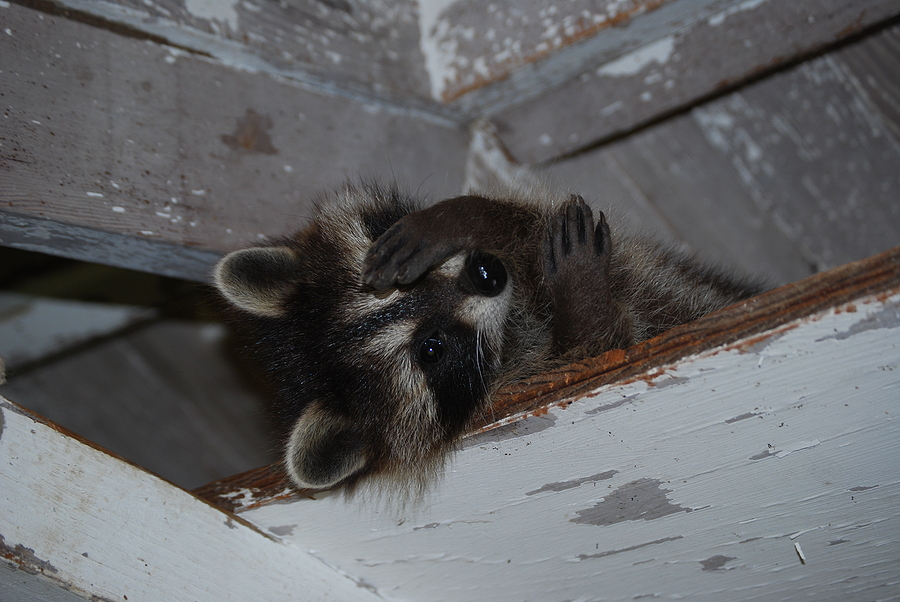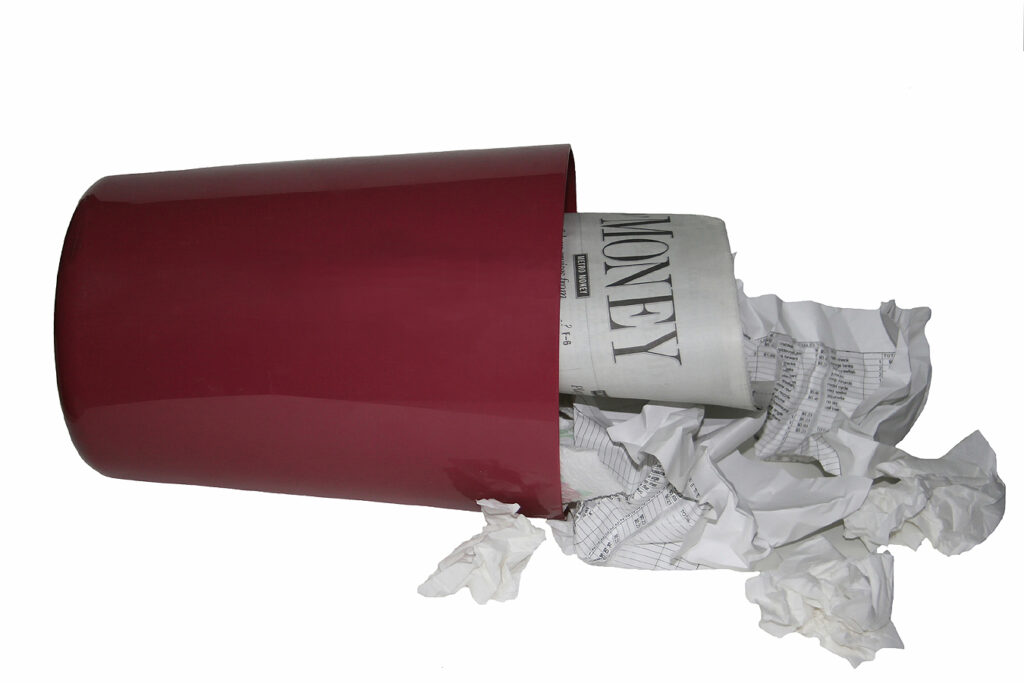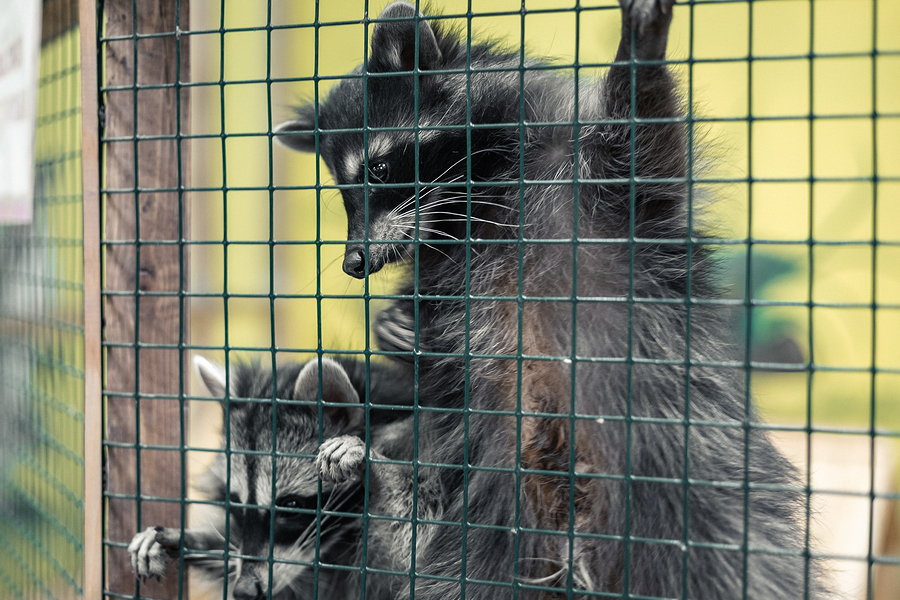That scratching sound in the attic at 3 AM isn’t your imagination. Those overturned garbage cans aren’t the work of neighborhood dogs. When you suspect a raccoon has made itself at home in your house, your response in the next few hours can make the difference between a minor inconvenience and a major wildlife intrusion problem.
Raccoons are remarkably intelligent and adaptable creatures that view your warm, dry home as prime real estate—especially during colder months or breeding season. While these masked bandits might seem harmless, a raccoon in the house poses serious risks to your family’s health, your property’s integrity, and your peace of mind.
Understanding what to do when you suspect raccoon activity can protect your family from disease transmission, prevent extensive property damage, and ensure the humane treatment of wildlife. The key is acting quickly with the right information and professional support.

Identifying Raccoons in the House
Before taking action, confirm you’re dealing with a raccoon rather than another animal. Raccoons leave distinct signs that differentiate them from squirrels, opossums, or bats.
Listen for the telltale sounds. Raccoons are significantly heavier than most attic invaders, creating loud thumping noises as they move around. You’ll typically hear activity during nighttime hours, as raccoons are primarily nocturnal. Their movements sound deliberate and heavy—quite different from the quick scampering of squirrels.
Examine the evidence. Raccoon droppings are cylindrical, about 2-3 inches long, and often contain visible food remnants like seeds or berries. These droppings pose serious health risks, so never handle them without proper protective equipment. You might also notice paw prints around entry points—raccoon tracks show five distinct toes with claw marks.
Look for entry points. Raccoons are surprisingly strong and can tear through roof shingles, enlarge small openings in vents, or force their way through damaged areas. Check for torn or displaced roofing materials, damaged vents, or enlarged holes that weren’t there before.
Understanding the Risks and Concerns
A raccoon in your house isn’t just a nuisance—it’s a serious situation that requires immediate attention. These animals carry several diseases that can transmit to humans and pets, making prompt action essential for your family’s safety.
Disease transmission tops the list of concerns. Raccoons can carry rabies, raccoon roundworm, leptospirosis, and salmonella. Raccoon roundworm is particularly dangerous, as the eggs can become airborne and cause severe neurological damage if inhaled. Even healthy-appearing raccoons can carry these pathogens.
Property damage escalates quickly. Raccoons don’t just visit—they renovate. They’ll tear insulation and drywall to create comfortable nesting areas, chew on electrical wires (creating fire hazards), and damage roof shingles and vents to improve their access routes. Their droppings contaminate living spaces and create persistent odors that can be difficult to eliminate.
Aggressive behavior becomes likely when raccoons feel cornered. A raccoon protecting young or feeling threatened can become surprisingly aggressive. Their sharp claws and teeth can inflict serious injuries, and their unpredictable nature makes direct confrontation dangerous for untrained individuals.
Immediate Actions to Take if You Suspect Raccoons in the House
When you suspect raccoons in the attic or elsewhere in your home, your immediate response should prioritize safety while preventing the situation from worsening.
1. Secure your pets immediately. Keep dogs and cats indoors, as they’re at high risk for disease transmission if they encounter the raccoon or its droppings. Pet food should be removed from accessible areas, as it attracts raccoons and encourages them to stay.
2. Close off areas where possible. If you can safely do so, seal interior access points to prevent the raccoon from moving deeper into your living spaces. However, never trap a raccoon inside without providing an exit route, as this will increase stress and aggressive behavior.
3. Avoid direct contact at all costs. Don’t attempt to chase, corner, or remove the raccoon yourself. Even baby raccoons can carry diseases, and mother raccoons are extremely protective of their young. Keep your distance and let professionals handle the situation.
4. Document the situation. Take photos of any damage, droppings, or entry points you discover. This documentation will be valuable for professional removal services and insurance claims if significant damage has occurred.
Request a Free, Onsite Raccoon Inspection Today! ☑
Coon Removal Options: Humane and Effective Methods
Successful coon removal requires patience, expertise, and adherence to humane treatment standards. Professional wildlife control specialists employ several methods depending on your specific situation.
Live trapping remains the most common removal method. Professional wildlife control services use appropriately sized traps with effective bait placement, monitoring them regularly to minimize animal stress. However, many Indianapolis area jurisdictions prohibit relocating trapped raccoons due to disease spread concerns, making this option location-dependent.
Exclusion techniques often provide the most humane and effective long-term solutions. One-way doors allow raccoons to exit your property but prevent re-entry. This method works particularly well when combined with habitat modification that makes your property less attractive to wildlife.
Environmental modification encourages raccoons to relocate voluntarily. Professionals might use bright lights, loud noises, or scent deterrents to make your attic or garage uncomfortable for raccoons. This approach requires patience but often succeeds without capturing or relocating animals.
Never attempt DIY removal methods that could harm the animal or violate local regulations. Poison is illegal for raccoon control in most areas and poses risks to pets and non-target wildlife. Trapping without proper permits or knowledge can result in legal consequences and ineffective outcomes.
Prevention: Protecting Your Home Long-Term
Effective coon control focuses heavily on prevention. Once you’ve resolved the immediate intrusion, implementing comprehensive prevention measures protects your property from future wildlife problems.
Secure all food sources that attract raccoons to your property. Use tight-fitting lids on garbage cans, and consider upgrading to wildlife-resistant containers. Remove pet food from outdoor areas, and clean up fallen fruit from trees promptly. Bird feeders should be brought inside at night or equipped with raccoon-proof designs.
Seal potential entry points throughout your property. Install chimney caps and vent screens, repair damaged roofing materials, and seal gaps around utility penetrations. Pay special attention to areas where different building materials meet, as these often develop small gaps over time.
Modify your landscape to reduce raccoon access routes. Trim tree branches that overhang your roof, maintaining at least 8-10 feet of separation. Remove dense vegetation near your home’s foundation that provides cover for approaching wildlife.
Install motion-activated deterrents such as lights or sprinkler systems. These devices startle approaching raccoons without harming them, encouraging them to seek shelter elsewhere. Regular property inspections help you identify and address emerging vulnerabilities before they become entry points.
Take Action Before the Problem Escalates
Raccoon intrusions don’t resolve themselves—they escalate. What begins as occasional nighttime scratching can quickly develop into extensive property damage, serious health risks, and costly repairs. The longer you wait to address the situation, the more complex and expensive the solution becomes.
Professional wildlife control services offer the expertise, equipment, and legal compliance necessary for effective raccoon removal. They can assess your specific situation, implement appropriate removal methods, and provide comprehensive prevention recommendations tailored to your property.
Don’t let a wildlife intrusion threaten your family’s health or your property’s integrity. Contact Us Today for professional coon removal services that prioritize your safety, legal compliance, and long-term prevention. Our experienced team serves Indianapolis suburbs with prompt, humane, and effective wildlife control solutions.
Related Post: How to Get Rid of Raccoons on Your Property for Good




